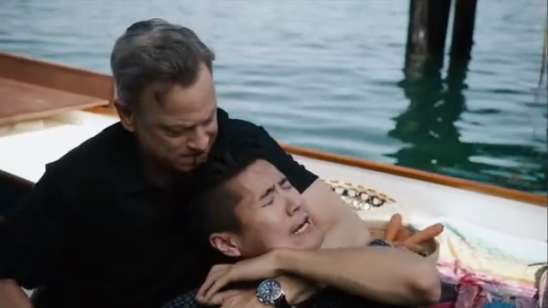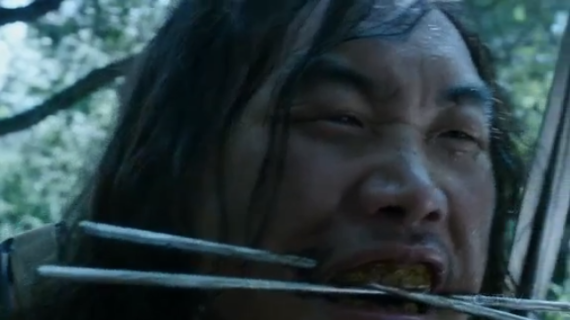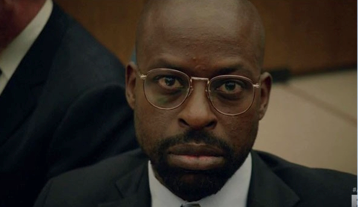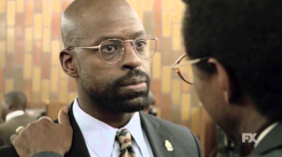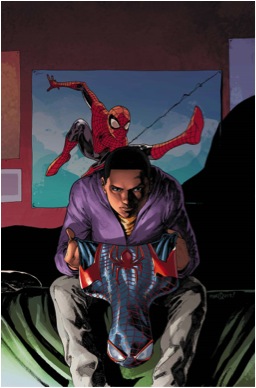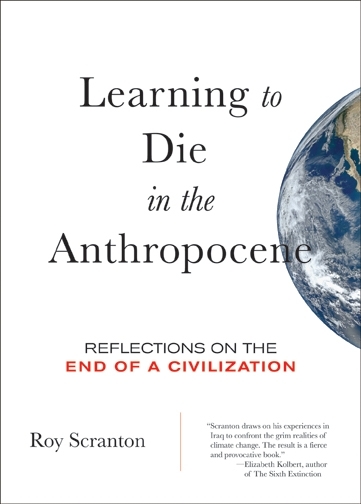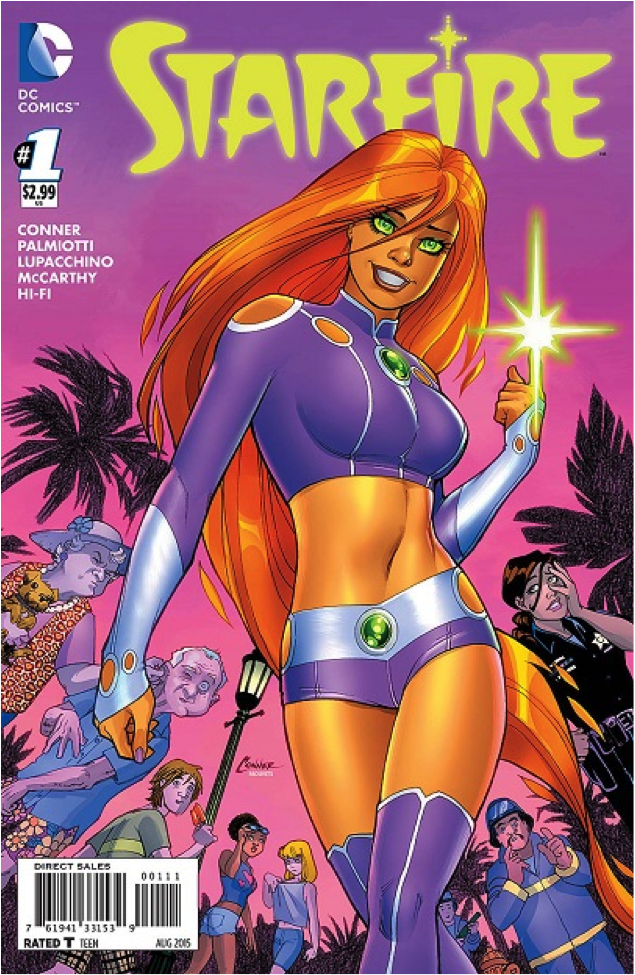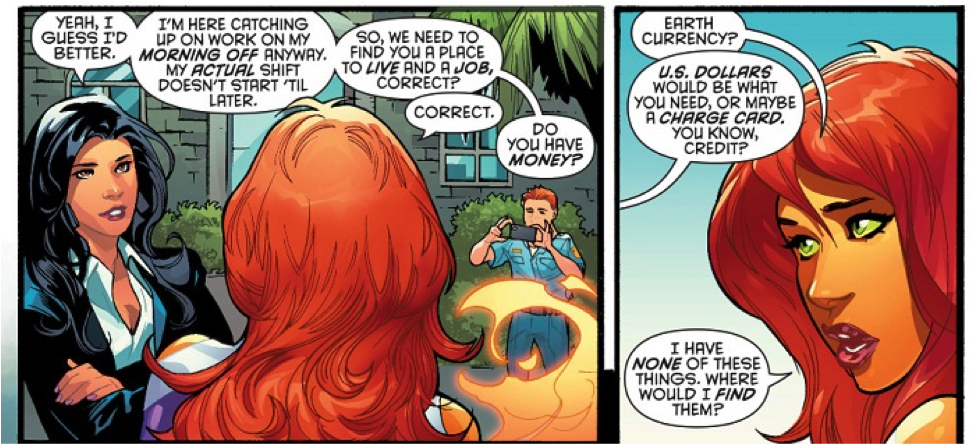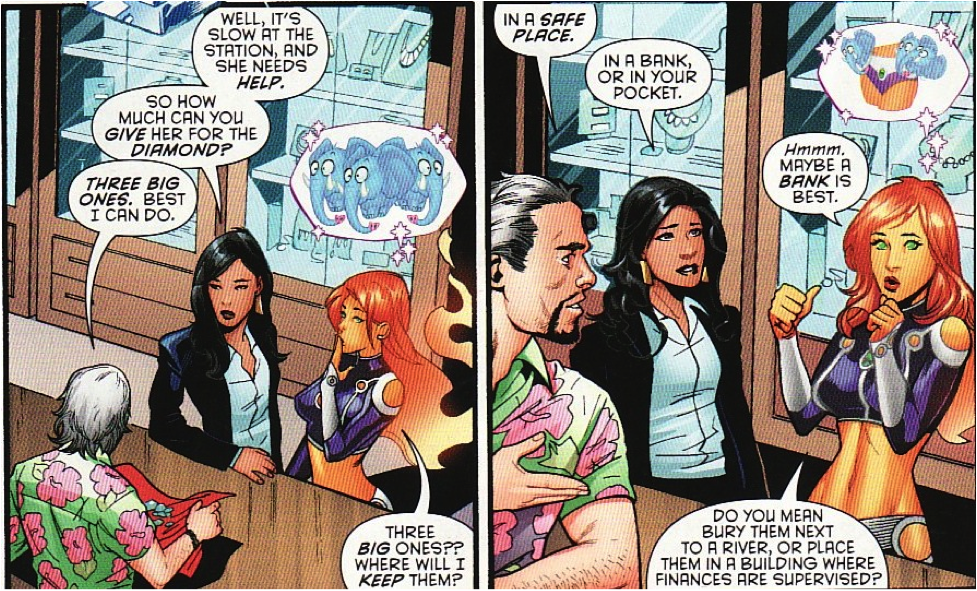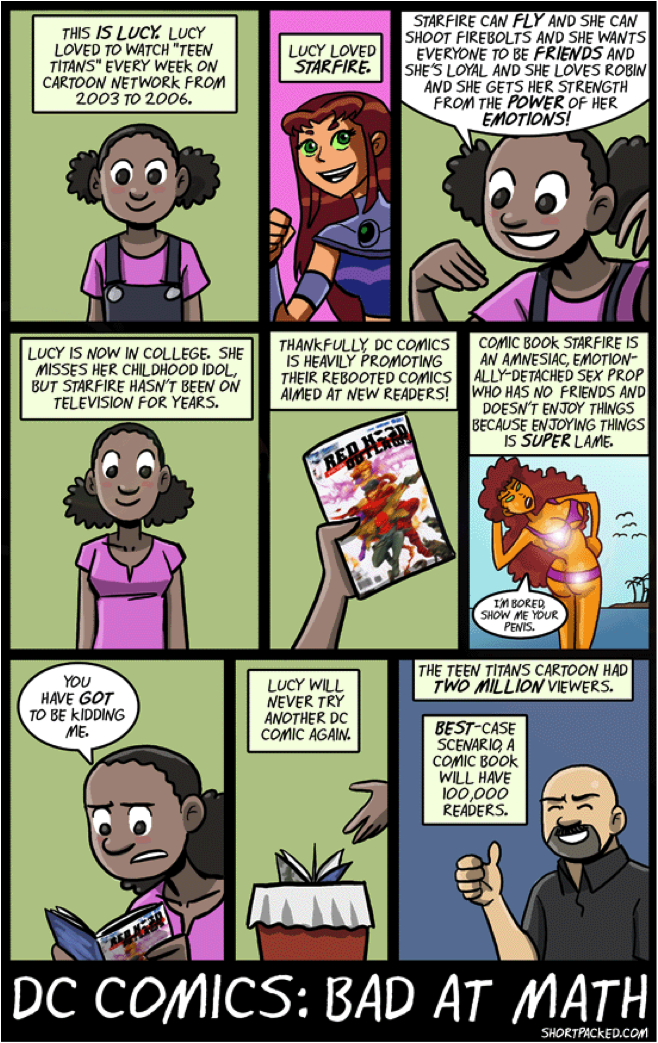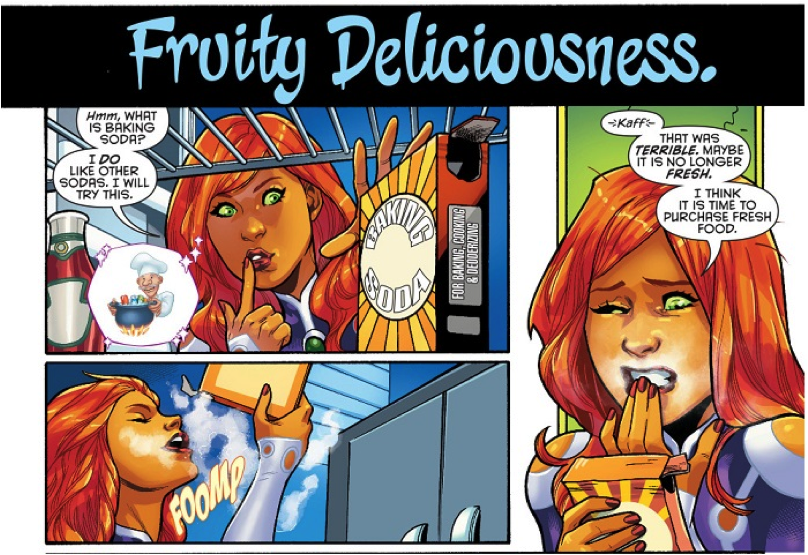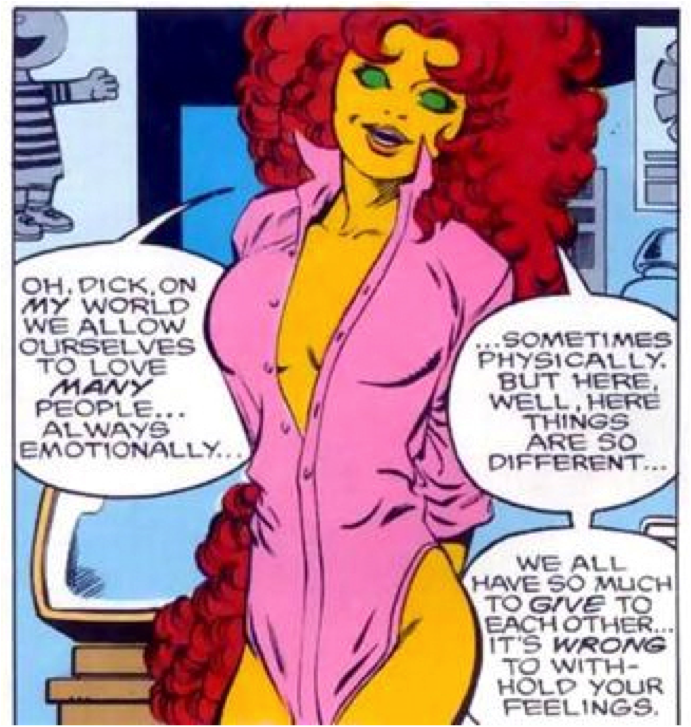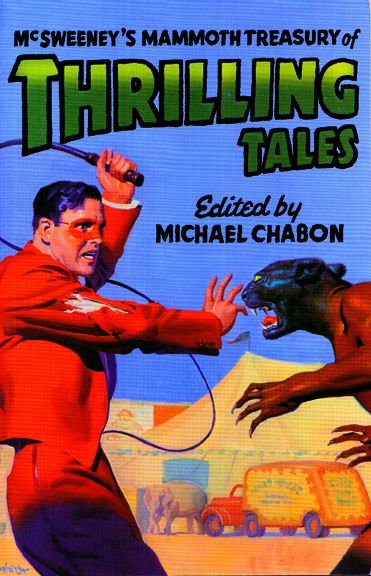This essay first appeared on CiC03.
The popular CBS police procedural Criminal Minds has spawned a second spin-off, Criminal Minds: Beyond Borders. It takes the format of the original franchise with one major exception, the FBI profilers are operating around the globe. The FBI in this framework are an active policing institution with global carceral power, something like what the show Crossing Lines imagines Interpol to be. As such, CM:BB offers the opportunity to explore sovereign imperial violence.
The pilot episode, “The Harmful One”, opens with a voiceover: “Over 68 million Americans leave the safety of our borders every year. If danger strikes, the FBI’s International Response Team is called into action.” Implied is that the U.S. borders are something other than regimes of violence and that to be inside them offers security. This also illustrates a tension in the stories where the U.S. empire’s sovereign violence is carried, if not carried out, by U.S. citizens wherever they go, no matter who else has competing sovereignty.
The episode takes place in Thailand in and around Bangkok. Two white U.S. college students are on a volunteering trip at a cassava farm where they do good by displacing paid local labor. Influenced by a cute boy who is also displacing Thai labor, one girl falsely accuses the farmer of watching her shower and convinces the other girl to abandon their work. They leave the farm and are promptly kidnapped.
We first meet the new Criminal Minds team with the franchise’s lead character FBI profiler David Rossi (fundraiser for the Israeli military Joe Mantegna) in a shooting simulation alongside Jack Garret (noted Hollywood conservative Gary Sinise). Rossi kills the suspect in the simulation and is promptly chastised by Garret who says, “We could’ve talked him down.” Garret moves to review the shooting. Instead they both jokingly dismiss the idea and decide to get coffee. Garret gets a text that sends him to Thailand on the trail of the two girls.
The IRT finds that the boy had previously been convicted of rape but “a Romeo and Juliet” law that knocked his conviction down to a misdemeanor leads the group’s technical analyst ‘Monty’ Montgomery (Tyler James Williams) to say, “I’m not sure how serious it was.”
Upon landing they encounter Clare Seger (Alana de la Garza). She is called the groups “cultural expert” which turns out to be a colonial anthropology position unburdened by expertise. She tells fellow agent Mae Jarvis (Annie Funke), “Listen, this police force is a boy’s club so don’t take it personally.” She thus sets the stage for a recurring theme in the episode where the FBI will upend local patriarchy. Clearly ‘FBI’ stands for ‘Feminist Bureau of Investigation’ though it is never made clear which strand of “leaning in” it is: Clintonian or Thatcherite?
Despite zero evidence in any direction the IRT goes with the theory that the kidnapping is related to a human trafficking ring. Garret and Cultural Expert go to the farm they girls disappeared from to investigate whether the farmer was involved. Cultural Expert’s hot take absolving him: “Well he’s exhausted but willing to talk. He seems embarrassed about the conditions he provides here and he’s not surprised they left. They’re not the first kids to go. And I spotted a Buddha which means he believes in karma.” I’m not sure what followed immediately after this because I rolled my eyes so hard that I momentarily lost the ability to focus.
Taksin tells Jarvis “No!”
The IRT is hindered by local authorities through a combination of incompetence and sexism. The racism of native incompetence is an exposition tool; the show provides condescending explanations to Thair people, since that’s more palatable than admitting that the condescending explanations are for the viewing audience.Jarvis especially is repeatedly thwarted, especially by Taksin (Keong Sim), the local liaison. The local police do not properly preserve a murdered man’s body and thus it is up to Jarvis to get around restrictions put on her actions by Thai people. Taksin has never heard of a serial killer’s “comfort zone” despite being a high ranking Bangkok cop, thus Garret must explain it to him. Taksin stops Jarvis from photographing a dead body because of something to do with sexism.
Anyway, after stoking the fears of human trafficking, the team silently drops the theory because they find a piece of actual evidence after the IRT chases a Thai man through a crowded marketplace. Garret tackles the man, puts him in a choke hold, and demands answers which are immediately provided. Here the FBI can engage in wanton destruction in Thailand without even a frowning glance from local authorities.
Garret chokes the truth out of a suspect while crushing someone’s vegetable crop – See more at: https://www.hoodedutilitarian.com/?p=68591&preview_id=68591&preview_nonce=2a16a793ad&preview=true#sthash.Aj4zsRzB.dpuf
Turns out the killer is a random tribal man (Duoa Moua) who mostly grunts and growls and, for unexplained reasons, has pierced his cheeks and mouth with lengths of metal. The character would comfortably fit in Eli Roth’s racism concentrate The Green Inferno.
The kidnapper of innocent white women as we first meet him
But how will they stop him? Garret hunts for ideas asking, “Are there any cultural traditions for the last remaining member of a family?” Cultural Expert decides that the killer is celebrating Ullambana, which happens in August, and is sacrificing the white labor displacers to appease his ancestors. Wut? In the end the IRT saves the white women from the terrifying brown man, the killer offs himself and Jarvis conquers the patriarchy by getting a validating nod from Taksin.
The second episode, “Harvested”, opens with a bunch of white people at some expensive festival in Mumbai. Two American dude-bros pop some kind of drug while an Indian man watches predatorily from the shadows. One guy wakes up without a kidney in the middle of a slum nicknamed “Kidneyville.”
Upon arrival in India, Cultural Expert drops some knowledge on the team: “Some things to keep in mind: Politeness is politic. Never use someone’s first name without their consent. Never refuse hospitality and never initiate physical contact with someone of the opposite sex. Even something as innocuous as a handshake can be looked upon as a sexual advance.” How is the latter different from the United States where men take everything from a retweet to an axe kick to the forehead as a sexual invitation? Anywho…
The second episode isn’t worth describing at length though it briefly places the kidney and other organ thefts in the context casteism’s brutality and the colorist legacy of British colonialism, which is encouraging. Yet imperial intervention is somehow still heroic and the US police with zero local knowledge aside from Cultural Expert are the competent ones. This story too ends with the killer’s suicide and it too has opportunities for massive eye-rolling. For example Cultural Expert asks if Garret knows that the Mumbai slum they were in that had an open sewer and caste-based organ harvesting program is “completely green” because they recycle all the plastics they have and make them into little toys?
Sovereign Violence Without Borders
Criminal Minds: Beyond Borders is pretty bad television. It has the very same shallow pop psychology premised on ableism as the original series, specifically pathologizing mental illness as a producer of violence, rather than a location upon which violence is enacted. The ensemble cast has little chemistry and the writing is bad both ethically and poetically. But it is interesting in a way.
In this story American sovereign violence follows citizens wherever they go regardless of the sovereign’s borders. The monopoly over legitimate violence that defines the state is deterritorialized in empire. In this read, how do “Over 68 million Americans leave the safety of our borders every year” when for first class imperial citizens those borders are biopolitical and not geopolitical? The answer is that they more or less don’t, except in North Korea perhaps. This is what Garret means when he says of the Thai police, “It’s not their job to worry about missing Americans. It’s ours.” Just as biopolitics govern US citizens, empire governs the episode’s othered populations with necropolitics. The first two episodes both end in death for the villain and in both instances that death is of someone already dispossessed (a Dalit man in Mumbai and a tribal man in Thailand). Necropolitics is already in play in the material world for these populations and Criminal Minds: Beyond Borders reproduces it faithfully. The series will explore these ideas, however unintentionally, as it unjustifiably continues airing episodes.
Lastly, the first two episodes do not question empire’s right to police the world nor its competency to do so. Both exist as unstated facts and only the competency part is defined at all and then, only through positioning it alongside native incompetency. But this is expected. After all if the stories investigated whether or not the FBI should be active all over the globe they will find that it shouldn’t. And the series would have to end. Which it should.


